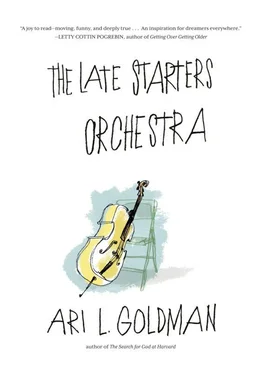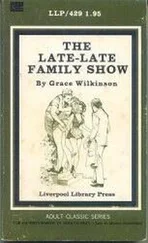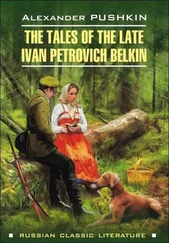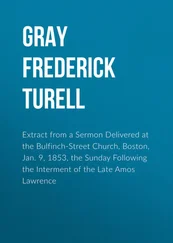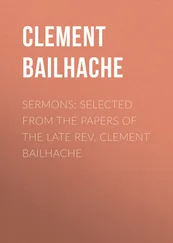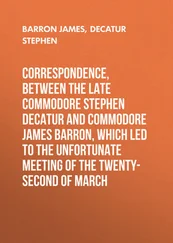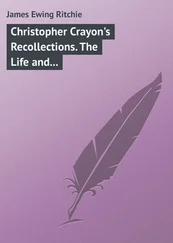All these orthodoxies have been debunked again and again. Some say that adherence to them has led to a serious decline in the classical music audience. A recent survey by the League of American Orchestras indicated that the number of people who attend classical music concerts has been declining for almost three decades, from 13 percent to just over 9 percent. That means that fewer than one in ten American adults has attended a classical music concert in the last year.
On the other hand, the declines are across the board, in all age ranges, and represent a drop in all experiences that demand that a person venture out and travel to a venue, take a seat, and watch or listen. This is true of movies, plays, and jazz and rock concerts. Sporting events have suffered the most, with a 36 percent drop in the last thirty years.
At the same time, the American League of Orchestras’ survey notes, more people are listening to classical music than ever before. The growth is all digital; that is, online or on the radio. People are downloading classical music they love or exploring it on websites like Pandora or Spotify. Meanwhile, the sale of classical music, either on CDs or online, continues to tumble.
To deal with the crisis in classical music, orchestras are coming up with new marketing techniques and reviving old ones. They are offering more diverse concerts, with classical and show tunes alongside jazz, and are moving concerts out of doors to bandstands and public parks where people come with blankets and picnic baskets and either listen or ignore the music. People talk, arrive late, leave early, eat, and even applaud between movements.
It’s a tactic that seems to be working but is something of a compromise. For me, nothing equals sitting in a proper concert hall and listening to great music. To play cello in such a venue is my ultimate musical aspiration.
My initial success with LSO emboldened me to stretch more and explore the Downtown Symphony, an amateur adult orchestra that has been in existence for more than twenty-five years at the Borough of Manhattan Community College in Lower Manhattan. The orchestra gives four public concerts every year including an annual Messiah sing-in at Christmastime. After I heard about the Downtown Symphony from Eve and Mary at my first Late Starters rehearsal, I checked out its website. There, I saw these dreaded words, which Mary had already warned me about:
“Admission to the orchestra is by audition.”
I read on. In this audition, I would need to “play scales,” “sight-read,” and “play two contrasting pieces” of music. I knew numerous scales and I had at least two simple pieces in my repertoire (though I wasn’t sure if they were contrasting enough), but sight-reading? For me, that’s like seeing a mathematical formula and recognizing all the numbers and symbols without having a clue of how to solve it. It looks familiar but what does it all mean? I knew I wasn’t ready for this audition, but Mary’s words kept ringing in my ears:
“You may not live long enough to be ‘good enough.’ ”
I screwed up my courage and called Doug Anderson, the Downtown Symphony conductor, and scheduled an audition for late one winter night after work. Doug was warm and friendly when I met him in his crowded office at the college, where he is a professor of music. I told him that I had been playing on and off for a long, long time but that I still considered myself something of a beginner. “Most everyone who comes is like you,” Doug said. He told me that only a handful of the fifty players in the orchestra were music students or faculty members; most were amateur musicians who ranged in age from eighteen to eighty. He cleared away some books and papers in his office and I set out my cello. I told him I was a little rusty and a little nervous about the audition. He sought to calm me down. “Listen, Ari. We are a learning orchestra, not a terrorist organization. . like some other orchestras. We’re here to have fun.”
I laughed nervously and threw myself into my music. I made it through the scales okay and the two short pieces that I had prepared. I thought I noted a trace of a sympathetic smile on his face, but then I was playing pieces from my son’s Suzuki cello book. “Nice,” he said slowly, which was a sure sign that he wasn’t convinced. Doug then handed me a page of sheet music by the French composer Georges Bizet. I knew that Bizet wrote the opera Carmen, but this was not a trivia test. It was an audition and I was supposed to play — by sight — music that I had never seen or heard before.
I put the Bizet on my music stand, studied it for a few seconds, smiled wanly, and said, “Honestly, I don’t know where to begin.”
What’s the key signature? I suddenly heard Mr. J asking. That’s where our understanding of the music begins. The key signature consists of one or more notes arranged on the five staff lines at the very top of a piece of sheet music. Reading music, I heard Mr. J say, is like reading English or German or Chinese or any other language. The key signature, in effect, tells you what language you are in. Think of it this way: the key signature tells you the language, the notes are words, the measures are sentences, the lines are phrases, and the cadences are periods. Now read!
I took a closer look at the Bizet. I saw a C# and an F#. I knew that meant that our “language” was the key of D. Then, haltingly, I played the first note, and the second and the third and soon a musical story began to emerge. I thought I was doing well and eagerly looked to Doug for an assessment.
“Let me be honest with you,” Doug began. “I’d love to have you in the orchestra. You seem dedicated and interested in learning. You’ve got the right attitude. But this might be frustrating for you. At the beginning you’ll be playing about 10 percent of the music I hand out. By the time the concert comes, you’ll probably be up to 50 percent. Next year, even more. But it’s going to be tough at first. If you don’t think it will be too frustrating for you, you’re in.”
“I’m in?” I said almost disbelieving what I had just heard. I actually passed the audition? Is that possible? Whoopeee! I tried to remain cool. “Okay,” I said with a smile. “I’ll give it a shot.”
A week later I showed up for my first rehearsal. I had none of the jitters that accompanied my first Late Starters rehearsal. I auditioned. I was accepted. I was ready. The Downtown Symphony met in a proper soundproofed music room at the community college, not at all like the makeshift rehearsal space of the LSO. And unlike LSO, which was all strings, this orchestra included oboes, clarinets, flutes, and horns. It even had a percussion section, complete with various drums, cymbals, and a gong. There were about fifty of us in all, including my friends Eve and Mary from LSO. I had to pinch myself. I felt like Pinocchio in Geppetto’s toy shop. I was a real boy in a real orchestra!
The rehearsal began. We were playing passages from Tchaikovsky’s “1812 Overture,” a piece I’ve always loved. What a full, rich sound! It was thrilling to be sitting in the middle of all that thunder and excitement. I surprised myself by being able to keep up with more than 10 percent of the score. I was with them 20 or even 30 percent of the time, but then I already knew the music, just from hearing it so many times. Knowing the melodies always makes them easier to play.
During the break I spoke to some of the other musicians and was gratified to learn that I was not the only one who was lost. “Do you figure it out by the time of the concert?” I asked a young man who played the double bass.
“Well, most of it,” he answered.
Читать дальше
